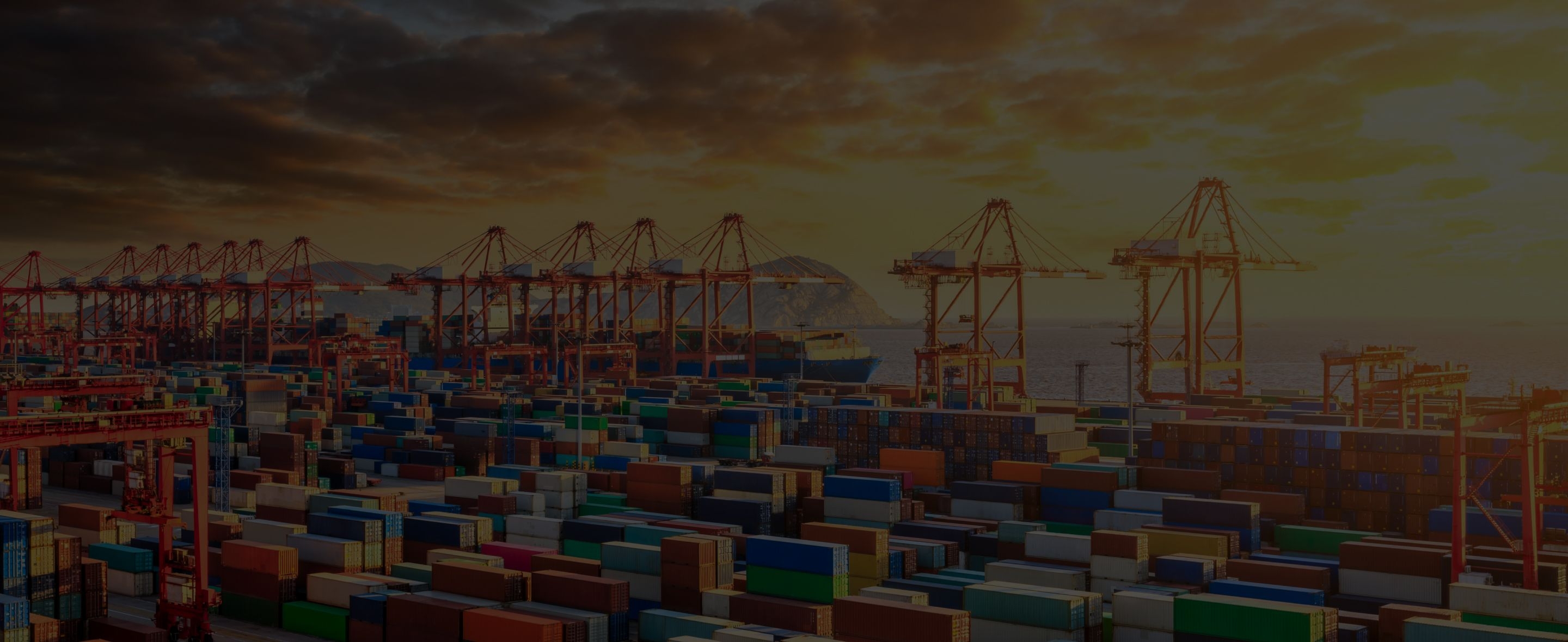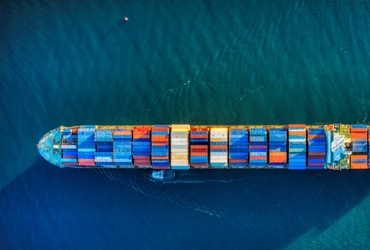
The largest and busiest ports in the US



What are the biggest 10 US ports?
With the US contributing to over 26% of the total world consumption, it’s no surprise that the ocean freight industry is crucial to its economy. That said, some of the world’s biggest and busiest ports are from its coastal regions.If you’re thinking of importing/exporting to or from the US, besides checking container shipping rates, it’s also advisable to do some research about the key US ports. In this post, we’ll take a more detailed look at the top 10 US ports.
1. Port of Los Angeles
The Port of Los Angeles is located in the San Pedro Bay of the western US state of California. Given it’s strategic location, it’s no wonder that it’s responsible for the majority of the Transpacific trade. Also nicknamed America’s Port, it occupying 7,500 acres of land and with a 43-mile long waterfront, it handled nearly 4.4 million TEUs in 2015. This accounts for 13.5% of the North American market share. Since 2000, it’s held the post as the top port in the US. It currently ranks as the 19th busiest port in the world in terms of container volume. It’s estimated that around $1.2 billion worth of cargo is shipped to/from the Los Angeles port every day.
2. Port of Long Beach
Right next to the Los Angeles Port sits its sister port – the Port of Long Beach. It handled over 4.9 million TEUs in 2015, representing 12.1% of the North American market share. Together with the Port of Los Angeles, they’re responsible for over one quarter of the total container trade in North America. Annual trade movement at the Long Beach Port is valued at $180 billion annually. Shipping containers to/from Long Beach is extremely popular as it is considered as one of the major gateways for trade with Asia.
3. Port of New York & New Jersey
On the Eastern coast, the Port of New York and New Jersey as the top port. It’s the largest and busiest US east coast port and the nation’s third-largest. It offers access to one of the most concentrated consumer markets in the world. In 2015, over 4.5 million TEUs were shipped to/from the Ports of New York and New Jersey – contributing to over 11% of the total North American container trade. It handles commodities such as petroleum, scrap metal, bulk and break bulk cargo.
4. Georgia Ports
Georgia Ports’ primary ports are the Port of Savannah and Port of Brunswick. The Port of Savannah hosts North America’s biggest single-terminal container facility and has the largest concentration of import distribution centers on the USEC. Brunswick Port is considered the top port for new auto imports, with over 500 acres of land leased or owned by the auto industry.
5. Port of Seattle-Tacoma
The state of Washington’s two major ports merged in 2015 to jointly operate their cargo terminals. The Port of Seattle and Port of Tacoma are jointly operated by the Northwest Seaport Alliance. Together, the cargo volume of both ports in 2015 accounted for 5.3% of the North American market, handling over 2.1 million TEUs. Thanks to an increase in traffic for containers shipped to the ports of Seattle and Tacoma, in April 2017, both ports recorded their strongest first quarter international container volumes since 2005.
6. Port of Virginia
The Port of Virginia is one of the busiest ports on the US East Coast, handling 11.6% of the coast’s total throughput in 2016. Its strategic position means it takes ships just 2.5 hours to reach the open sea. Additionally, its well-connected railway allows a third of its cargo to arrive and depart by rail, representing the largest percentage of any US East Coast port.
More recently, US regulators approved the alliance between Georgia and Virginia port authorities – the first such port partnership. This new joint venture came into effect a month ago. It is likely to boost the attractiveness of both ports as they look to share information and benefit from creating synergies.
7. Port of Houston
In terms of foreign tonnage, the Port of Houston is the busiest port in the US and the largest on the Gulf Coast. Located in the fourth-largest state, it stretches 25 miles and is just a few hours away from the Gulf of Mexico. That said, it’s no wonder that many importers and exporters choose to ship containers to the Port of Houston. The port handled 68% of the total US’ Gulf Coast container traffic in 2016. To accommodate the newly-expanded Panama Canal and the growing container vessels, it has acquired new super post-Panamax ship-to-shore cranes.
8. South Carolina ports
South Carolina Ports include the seaports of Charleston and Georgetown. The Port of Charleston is equipped with five public terminals, handling containers, motor vehicles, as well as cruise ships. Here’s another reason shippers choose to ship containers to Charleston: Some 60 miles north lies the Port of Georgetown, which provides great access to inland coverage and key markets.
The South Carolina ports registered a record volume of 1.996 million TEUs in 2016, a timely manner to celebrate its 75th anniversary this year.
9. Port of Oakland
The Port of Oakland handled over 1.5 million TEUs in 2015, representing 3.7% of the North American market share. It ranks as one of the three main West Coast gateways for US containerized cargoes. Additionally, it handles over 99% of containerized goods moving in and out of North California. Located on its waterfront are three container terminals and two inter-modal rail facilities. It’s estimated to serve over 14.5 million consumers and reach 34 million consumers within seven-hours by car.
10. Port of Miami
The Port of Miami is a seaport located in the sunshine state of Florida Its strategic location at the crossroads of North and South America propels it to one of the world’s leading hubs for global commerce and tourism. Shipping containers to Miami definitely has its benefits. Of all the southeastern US ports, it has the deepest shipping channel and the only port that is equipped to handle neo-Panamax vessels. In 2015, the port registered the largest growth of the top 10 US ports, recording a 13.4% increase in TEUs handled from 2014 to over 770,000 TEUs.
Related links:
Related Articles


